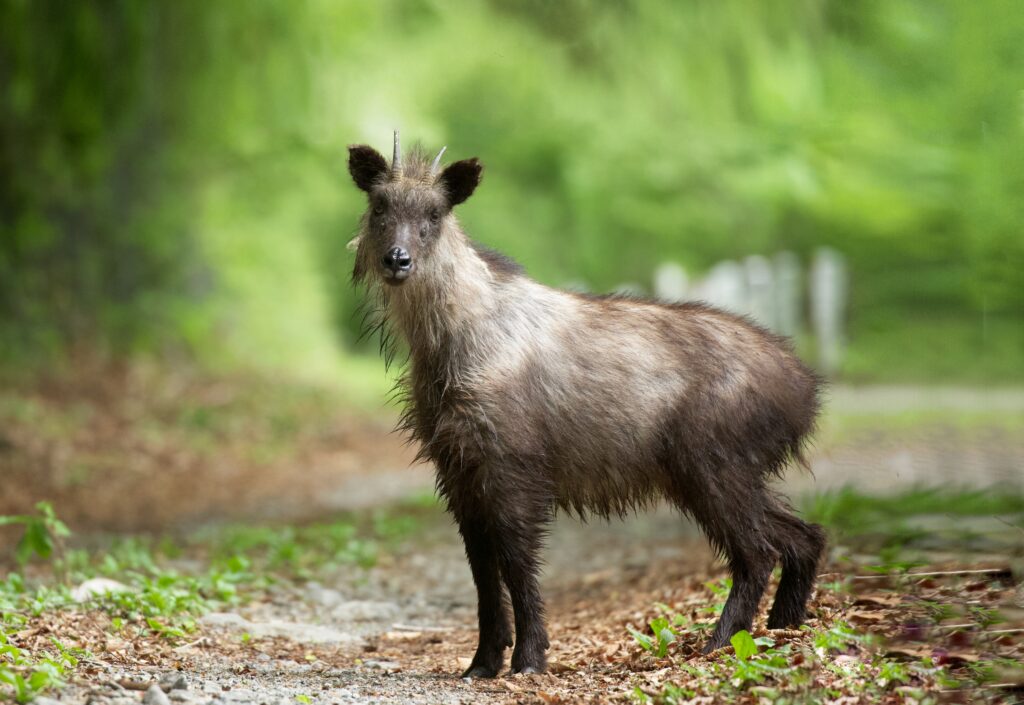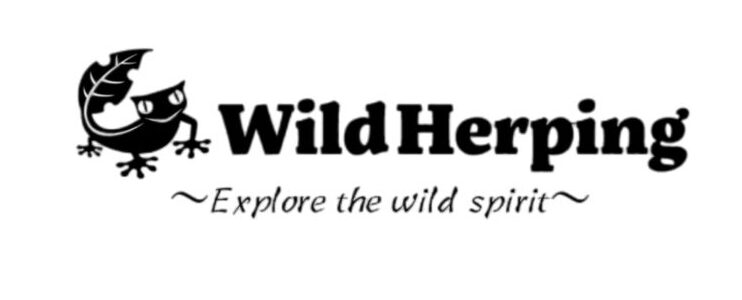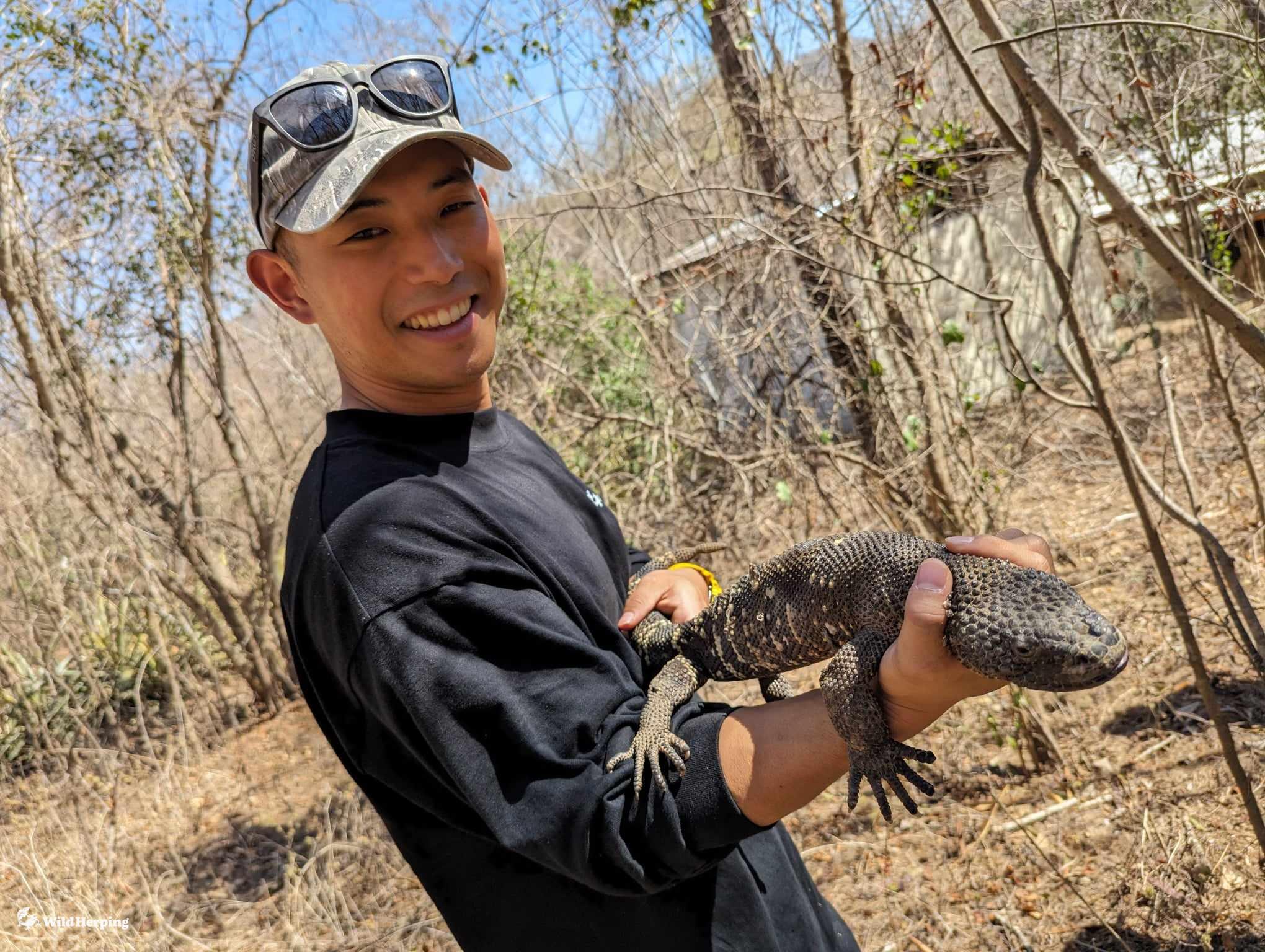
Japanese serow entountering tips
Once dubbed the “phantom creature,” the inhabitant of the mountains, the Japanese Serow, might be encountered by chance during a mountain trek. With their curious nature, some might find themselves mesmerized by their gaze. This article aims to shed light on the ecology, behavior, and differences from deer, as well as tips for encounters with the Japanese Serow.
About
The Japanese Serow, or Nihon Kamoshika, is a native species mentioned in ancient texts such as the “Kojiki” and the “Manyoshu.” Contrary to popular belief, they do not belong to the deer family but are part of the bovid family within the Artiodactyla order.
Their fur color typically ranges from black-brown to gray-brown, varying slightly across regions, from darker to lighter shades. Each individual Serow has a unique fur coloration pattern.
Both males and females sport short horns of about 15 cm in length, and their fuzzy faces with whisker-like tufts are undeniably endearing. Regarded as survivors from the ice age, Japanese Serows weigh around 30 to 45 kg, with a lifespan of approximately 15 years. They establish territories, usually solitary but occasionally found in pairs or small family groups, rarely exceeding four individuals. During spring and summer, they feed on various leaves, buds, flowers, and fruits, while in winter, they resort to consuming twigs and bark.
With a complex stomach structure akin to cattle, they can digest even tough vegetation. The birthing season spans from April to June, with offspring staying with their mothers for about a year. Protected since 1934 as a Special Natural Monument, their population has gradually increased, estimated to range from 200,000 to 300,000 individuals by 2016.
However, in regions like Kyushu and Shikoku, their numbers remain low, classified as “regionally endangered” according to the Ministry of the Environment’s Red List (2015). Japanese Serows inhabit mountainous forests and hilly terrains across Honshu, Shikoku, and Kyushu. They are more commonly found at lower altitudes, often below 500 meters, sometimes encroaching human settlements, causing damage to forests and crops.
Distinguished from deer, Japanese Serows, despite sharing the common name “shika,” belong to the bovid family, similar to goats and sheep. Unlike deer, which follow a polygynous mating system, Serows practice monogamy, contributing to a slower population growth rate compared to deer.

How to meet them and what to do
Encounters with these creatures might occur unexpectedly during mountain hikes, especially in areas with adjacent residential developments or agricultural lands where they seek food. They are known to be active during both day and night, so encounters can happen at any time. If you chance upon a Japanese Serow during your trek, maintain a safe distance, slowly retreat without blocking their escape route, and avoid startling them. While incidents of Serows attacking humans are rare, it’s essential to exercise caution and avoid provoking them.
Though not as notorious as bears, precautions like carrying bear bells can help prevent wildlife-related accidents by alerting animals to your presence beforehand.
Japanese Serows are generally non-aggressive and are even designated as Special Natural Monuments, deserving our gentle observation and respect. Any harm caused to them, intentionally or accidentally, may lead to legal consequences. Hence, it’s crucial to report any encounters, including traffic accidents involving Serows, promptly.
Summary
In summary, when encountering Japanese Serows:
- Approach cautiously.
- Avoid startling them.
- Slowly retreat if encountered.
- Do not block their escape routes.
- Use noise to alert them of your presence.
While they may pose challenges to agricultural communities, they are also a protected species, and encounters with them should be observed with care and appreciation.









